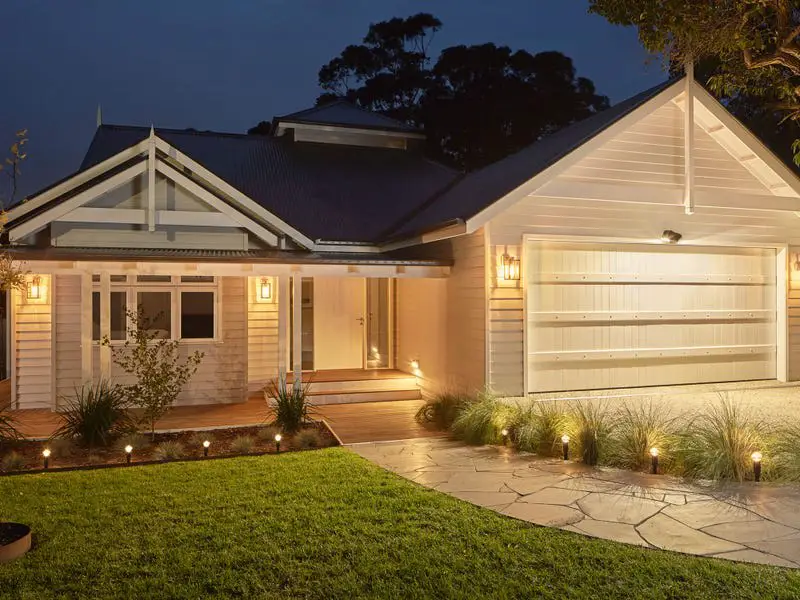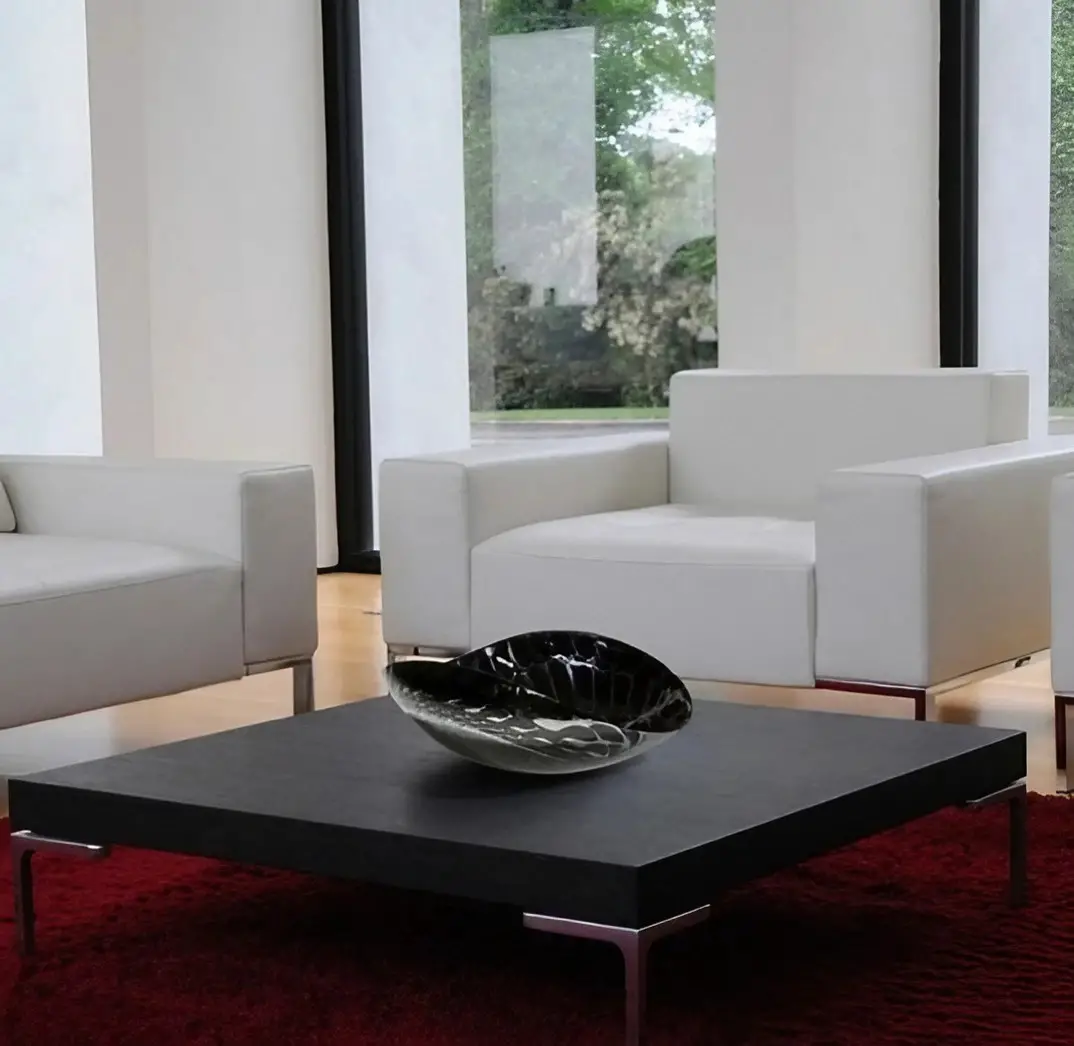Outdoor lighting can transform your backyard into a magical and inviting space, providing practical and aesthetic benefits. Whether you’re hosting an evening gathering or simply enjoying a quiet night under the stars, well-planned outdoor lighting can enhance the ambiance and functionality of your outdoor living area.
However, installing outdoor lighting is a hassle process. Most people prefer hiring professionals to help them with installation services. If you are among the people who believe in professionals, hiring an outdoor lighting electrician is the right thing to do.
Nonetheless, DIY is something else you can consider. In such a situation, you need to follow our steps guide highlighted below. We have shared these seven essential tips to help you install outdoor lighting like a pro.
Let’s get started!
1. Plan Your Lighting Design
Before embarking on your outdoor lighting project, take the time to plan your design. Consider the areas you want to illuminate, such as pathways, seating areas, or architectural features.
Make a rough sketch of your outdoor space, marking the intended locations for lighting fixtures. A well-thought-out plan ensures that your lighting installation is cohesive and effective. It will also help you know all the items needed.
2. Choose the Right Lighting Fixtures
Selecting the appropriate lighting fixtures is crucial for achieving the desired effect. Opt for fixtures specifically designed for outdoor use, as they are built to withstand the elements. Consider the style of your outdoor space and choose fixtures that complement the overall aesthetic. Whether you prefer wall-mounted sconces, pathway lights, or string lights, ensure that the fixtures provide adequate illumination for their intended purpose.
3. Utilize Different Lighting Techniques
Varying lighting techniques can add depth and visual interest to your outdoor space. Incorporate a mix of task lighting, ambient lighting, and accent lighting to create a well-balanced atmosphere. Task lighting illuminates specific areas for practical purposes, such as pathway lights for safety. Ambient lighting provides overall illumination, while accent lighting highlights focal points like trees or garden features.
4. Optimize Energy Efficiency
Suppose you want to minimize energy consumption and reduce your environmental impact; choose energy-efficient outdoor lighting options. LED lights are an excellent choice as they use significantly less energy than traditional incandescent bulbs.
Consider installing motion sensors or timers to further optimize energy usage by automatically turning lights on and off as needed.
5. Ensure Proper Placement
Correct placement of lighting fixtures is key to achieving the desired effect. Pathway lights should be positioned along walkways regularly to ensure safe navigation. For ambient lighting, place fixtures strategically to evenly distribute light across the space.
When using accent lighting, experiment with different angles and distances to highlight specific features effectively.
Correct placement of lighting fixtures is key to achieving the desired effect.6. Mind the Dark Spots
While illuminating your outdoor space, pay attention to potential dark spots. These are areas where lighting may not reach, creating pockets of darkness. Shadows can compromise safety and detract from the overall ambiance. To eliminate dark spots, consider using a combination of overhead lighting, strategically placed fixtures, and uplighting techniques. Regularly check your outdoor lighting setup and make adjustments as necessary.
7. Seek Professional Assistance
If you’re unsure about the electrical aspects of outdoor lighting installation or require a complex lighting design, it’s advisable to consult a professional electrician or a landscape lighting specialist. They have the expertise to safely install the fixtures, handle wiring connections, and offer valuable recommendations based on your specific needs.
What are the Types of Outdoor Lighting?
Here are the various types of outdoor lighting options for your outdoor oasis.
Path Lighting
Path lighting is a practical and enchanting way to guide guests along walkways, driveways, and garden paths. These fixtures are usually low-to-the-ground and emit a soft, warm glow that adds a touch of charm to your landscape. Solar-powered path lights are energy-efficient and require minimal maintenance, making them an eco-friendly choice.
Deck and Step Lighting
For those with decks, stairs, or patios, deck and step lighting are essential to ensure safety and prevent accidents. These discreet lights are often recessed into the surface or mounted on the steps, emitting subtle yet effective illumination to highlight potential hazards.
Floodlights
Floodlights are a robust option to illuminate vast areas like driveways, backyards, and sports courts. LED floodlights are highly energy-efficient and have a longer lifespan, reducing energy costs and the need for frequent bulb replacements.
Garden Lighting
When creating a magical ambiance in your garden, garden lighting is the way to go. Spotlights can accentuate beautiful trees, plants, or water features, while string lights add a whimsical touch to your outdoor dining or seating areas.
Conclusion
By following these essential tips, you’ll be well on your way to creating a captivating outdoor space through effective lighting installation. If needed, seek professional assistance to achieve optimal results. Now, it’s time to step outside and bask in the enchanting glow of your beautifully lit outdoor oasis.






